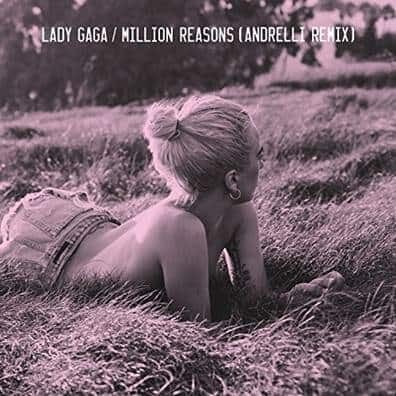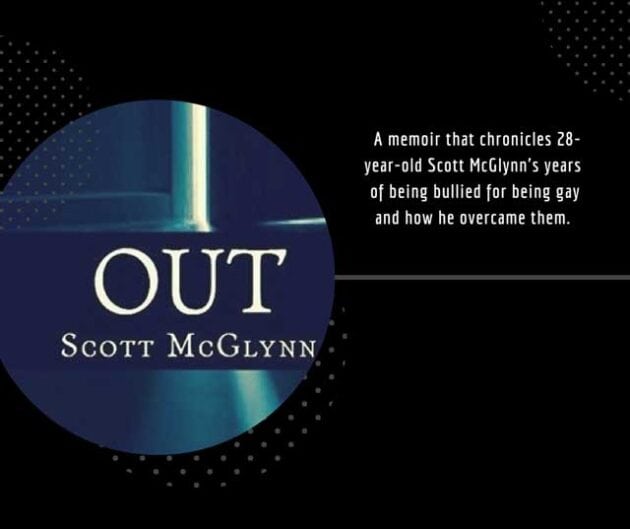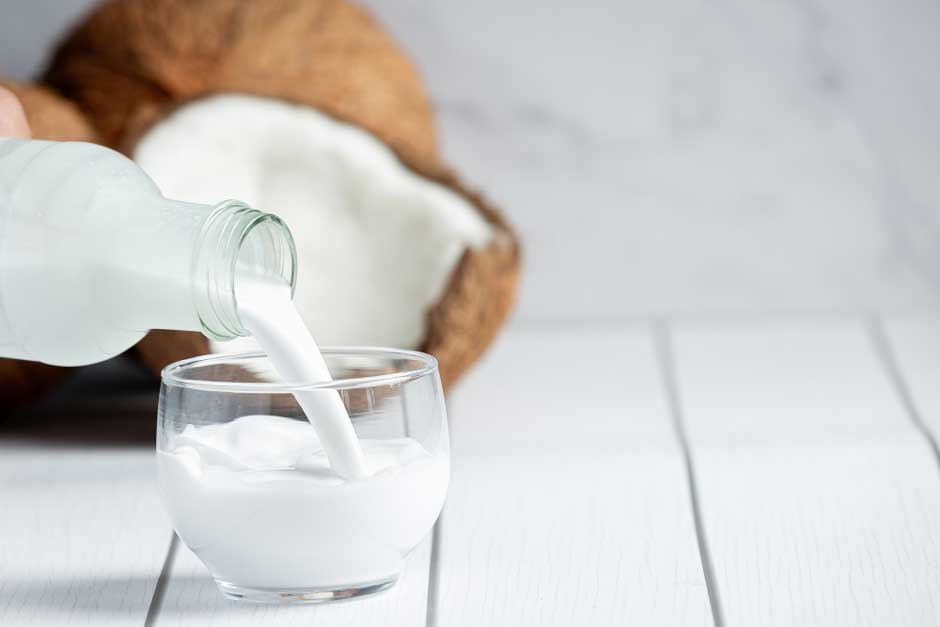It’s a hot drink that’s been around for centuries and usually is touted as a healthful liquid that everyone should consume the world over.
Tea can certainly be those things, but arming yourself with some know how when it comes to what is safe and what types of teas aren’t worth the risk could save you from falling seriously ill. Two individuals in San Francisco recently became seriously ill to the point of being hospitalized when they both bought a tea from a nearby Chinatown herbalist. Each had to be resuscitated after suffering from abnormal heart rhythms that almost took their lives. It’s not something that you normally think of as a danger when consuming your hot beverage, but if you’re not sure of the ingredients, they could put you at risk. The tea sold to these unfortunate customers contained aconite, wolfs bane and helmet flower, which can certainly be safely consumed in specific quantities, but only when it is processed properly.

[Source]
With the push for more natural ingredients, there is a large population turning to more traditional methods of eating and drinking, and sometimes finding the local herbalist seems like a great idea. Often the roots, leaves, stems, flowers or seeds from plants are used, sometimes alone and often in a blend, to create a tea that claims to cure one or more conditions or symptoms. It’s true that most of the time in limited quantities and if they’re processed safely and properly, they can be harmless, or even do what they claim to do, but it’s easy to misjudge and turn a simple remedy into a poison. If you’re not sure of their producers, the methods involved, or of the absolute safety of the products, it’s best to steer clear of any that might give you trouble or doubt.
Herbs do contain many benefits for our bodies, but there are a lot of herbs that are very dangerous. Comfrey, which was used for centuries as an herbal drink, is now considered so dangerous that it is banned from commercial sale for tea in a number of countries, although it is still used in a number of creams and lotions. Black cohosh is popular for relief of menopausal symptoms, and on its own, that’s fine, but numerous times this ingredient has been sold with a blend of other unknown plant derivatives, and has caused liver damage in frequent users.
After hearing a story about someone become gravely ill after buying a product from a more traditional venue, it probably seems a lot safer to buy your tea from a large producer at the grocery store. Doing some research, however, may have you thinking twice. There are teas that can help do all of the things that they claim to; there are those with cancer fighting properties, but if they’re laden with cancer inducing pesticides, it may be that you’re doing yourself more harm than good. Studies done on several very popular tea brands turned up a higher than recommended level of pesticides found in the tea leaves. The tea companies use words like “natural ingredients” and “natural flavouring”, however just because something is “natural” doesn’t mean it’s good for you or that you should be consuming it. Take a look at your tea box. If it lists “castoreum” as an ingredient, you may not be aware that this is a “natural” chemical taken from a gland of a beaver…located near its anus. Appetizing? Not much. The other issue with many commercial teas is the tea bag itself, which is cheaply and commonly made with epichlorohydrin, a plastic that helps to prevent your tea bag from breaking or tearing. The problem is, this plastic can leach into your tea, giving you a sweet sip of plastic with your hot beverage, and, over time, increasing your odds of cancer.

[Source]
If you’re a tea lover, don’t despair. There are many tea companies on the market that provide you with a safer alternative to many of the products on the shelves, including Numi Tea, Eden Organics and Organic Tazo, to name just a few. These pesticide free and often GMO free teas are packed in bags made with manila fibres or even potato starches. Look for epichlorohydrin free on the labelling to be sure you’re avoiding any possibility of ingesting the stomach problem causing and highly unnecessary ingredient.
If you like an even more organic way of enjoying your favourite cuppa, grow the herbs yourself! There are many herbs that are easy to grow and will blend wonderfully for a delicious cup of tea that allows you the confidence of knowing exactly what’s in it. Peppermint is wonderful for stomach trouble, and with the varieties of mint on the market you have a lot of flavour to play around with. Try ginger mint, chocolate mint, or even apple mint for something a little different than the standard. Chamomile is an easy herb to grow, and then it’s just a case of clipping off sprigs of flowers to be steeped in hot water. Another wonderful and less often used tea is made with stinging nettle, often found alongside fiddlehead ferns. Wear gloves when clipping the top 2 inches for use in your tea, as the plant does give a rather powerful sting when fresh – this will be eliminated when steeped or dry. Pick your fresh herbs and use them right out of the garden, or dry them for your winter stash. They’re easily bundled and hung upside down until completely dry, then crushed and stored in airtight jars out of direct sunlight. Try different combinations to see which ones you love best.

[Source]
However, you choose to have your tea – either grown in your garden, purchased from the store or from a local herbalist, be sure to do your homework. Know where your product is coming from, how to safely consume it, and how often you should ingest it. Disaster can be avoided with some background checking and label reading.
Thank you to Nina Wells who wrote this article. Nina is a guest author from Steam Shower Store and is a respected and expert voice in a plethora of health related subjects with over 10 years of writing under her belt.















